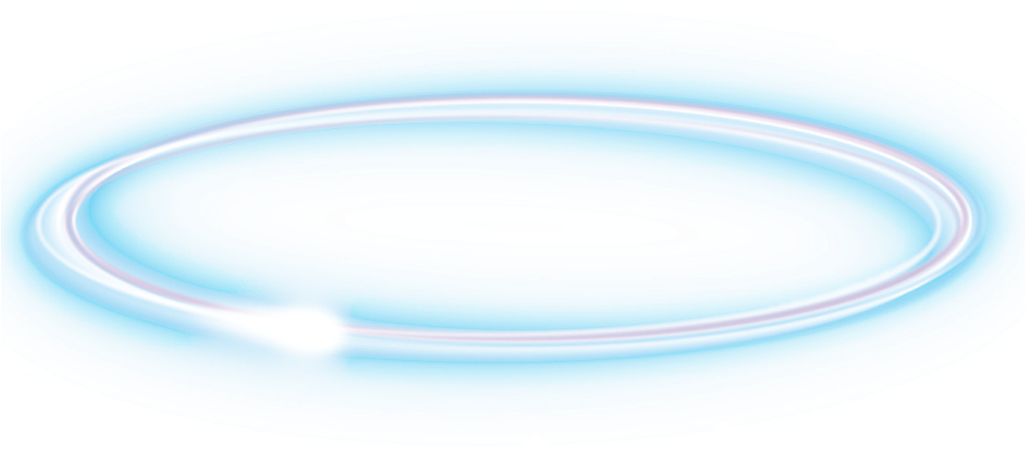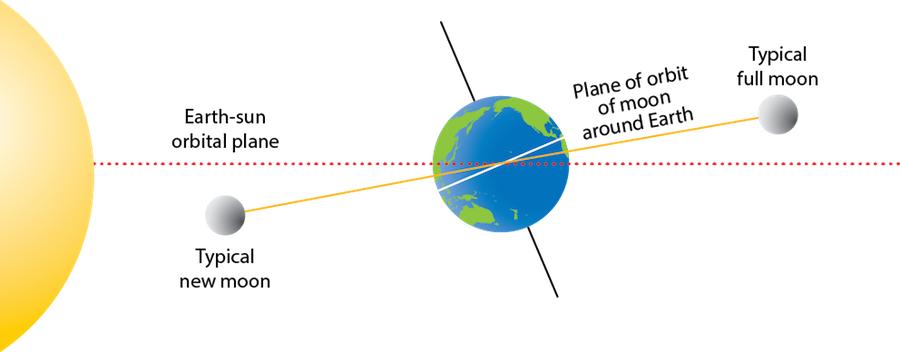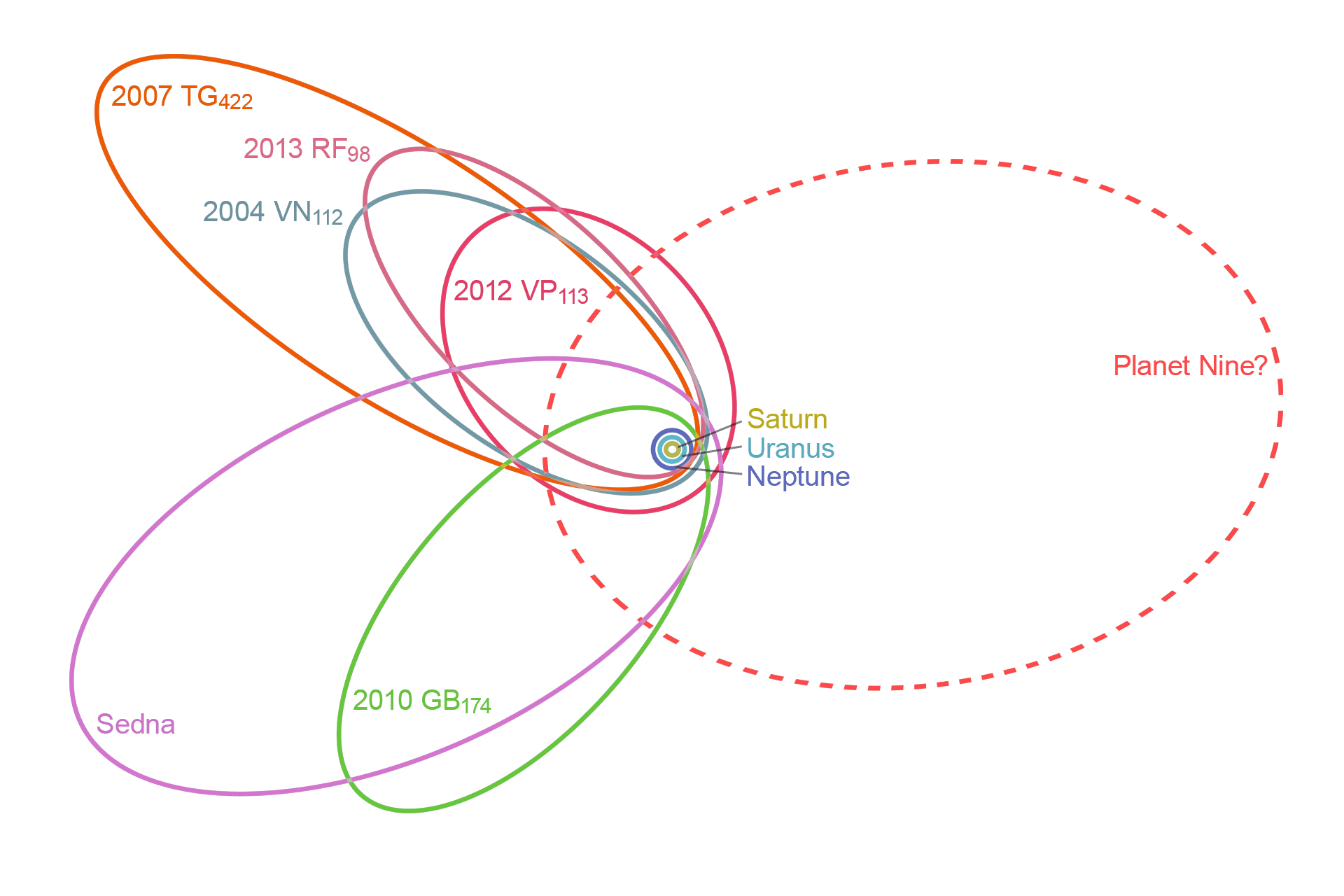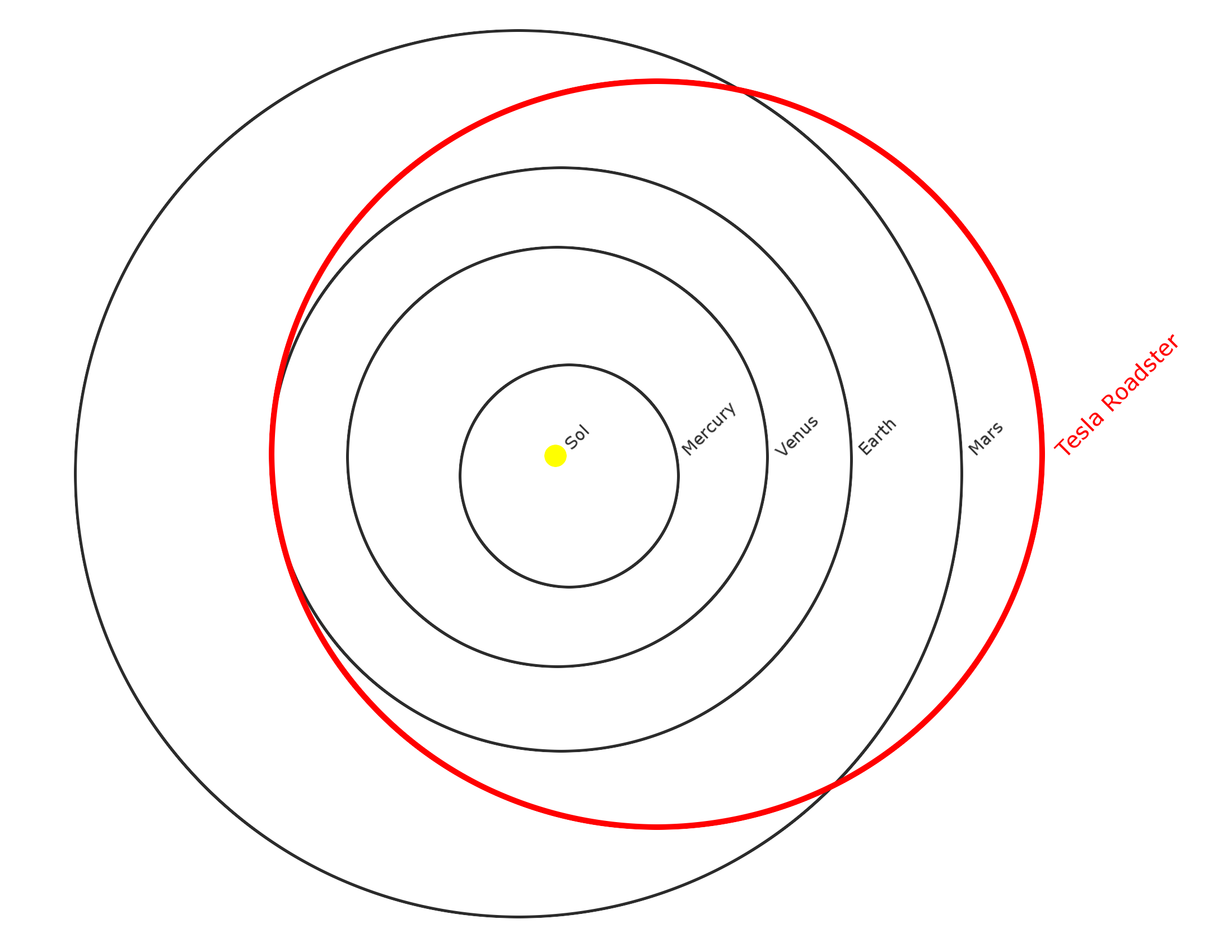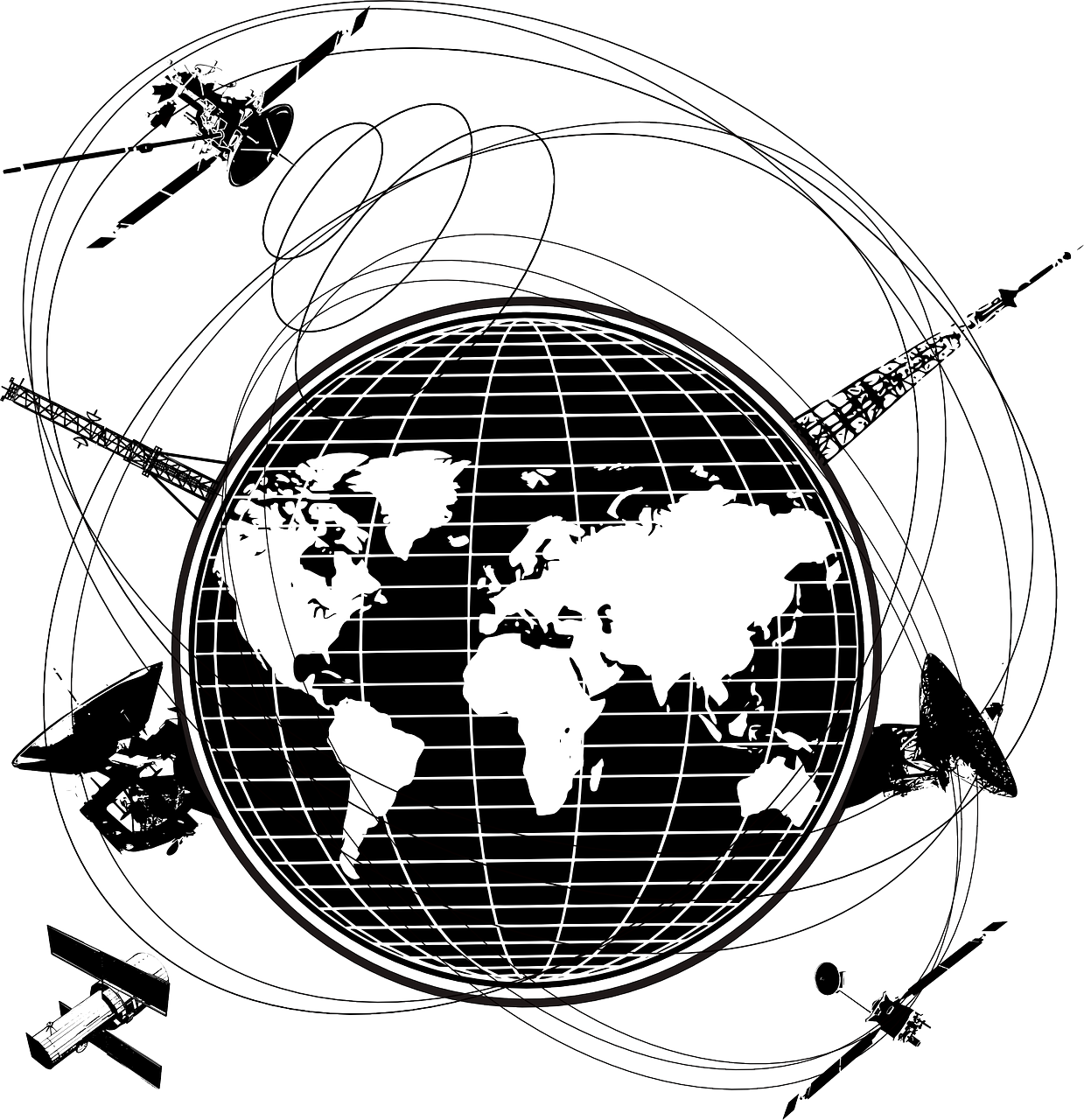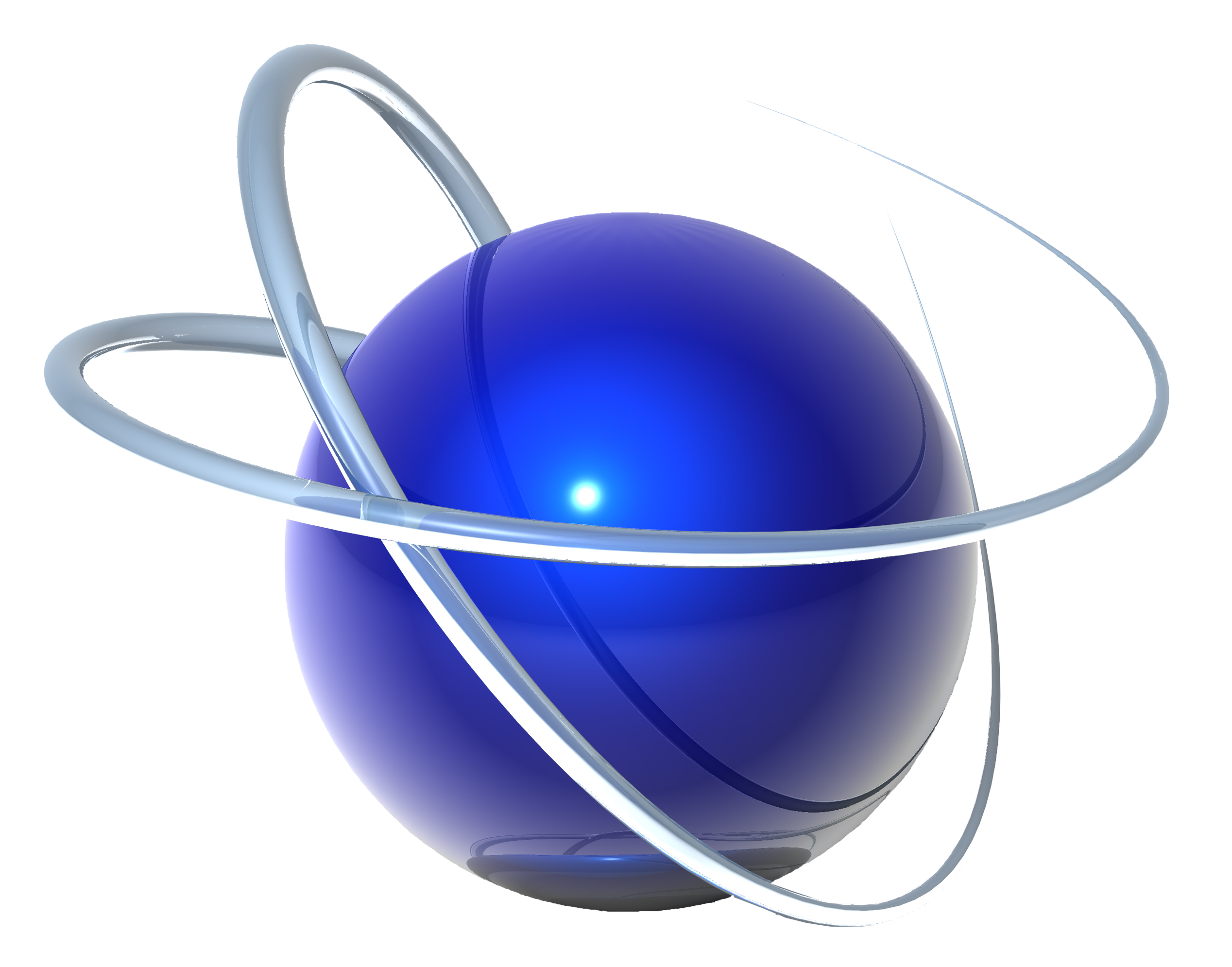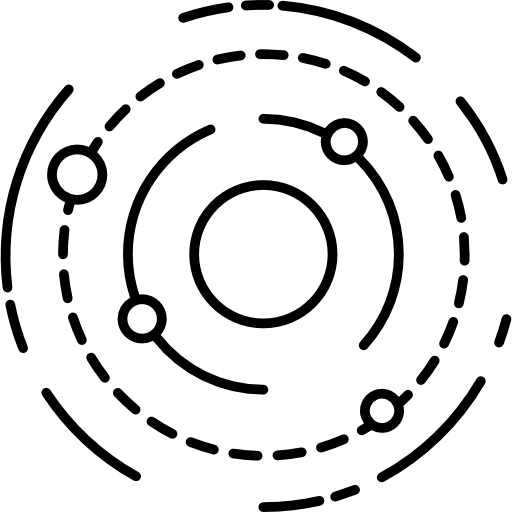Download top and best high-quality free Orbit PNG Transparent Images backgrounds available in various sizes. To view the full PNG size resolution click on any of the below image thumbnail.
License Info: Creative Commons 4.0 BY-NC
In physics, an orbit is a gravitationally curved trajectory of an object as the planet’s trajectory around a star or a natural satellite around a planet. Orbit usually refers to a regularly repeating trajectory, although it can also refer to a non-repeating trajectory. In the immediate approximation, planets and satellites move in elliptical orbits, with the center of mass in orbit at the focus of the ellipse, as described in Kepler’s laws of planetary motion.
In most cases, orbital motion is adequately approximated by Newtonian mechanics, which explains gravity as a force obeying the inverse square law. However, Albert Einstein’s General Theory of Relativity, which accounts for gravity due to the distortion of spacetime in orbits the following geodesy, provides more accurate calculations and understanding of the exact mechanics of orbital motion.
The historically obvious planetary movements were described by European and Arab philosophers using the idea of the celestial spheres. This model asserts the existence of ideal moving spheres or rings to which stars and planets were attached. It suggested that the heavens were anchored separately from the movement of the spheres and were created without any understanding of gravity. After the motions of the planets were measured more accurately, theoretical mechanisms such as deferents and epicycles were added. Although the model could predict the positions of the planets in the sky with sufficient accuracy, more and more epicycles were required as measurements became more accurate, making the model more cumbersome. Originally geocentric, Copernicus modified it to place the Sun at the center to help to simplify the model. The model was further challenged in the 16th century when comets orbiting spheres were observed.
The foundations of modern understanding of orbits were first formulated by Johannes Kepler, whose results are summarized in his three laws of planetary motion. First, he found that the orbits of the planets in our solar system are elliptical rather than circular (or epicyclic) as previously thought and that the Sun is not at the center of the orbits, but rather in one focus. Second, he found that the orbital speed of each planet is not constant, as previously thought, but rather that the speed depends on the planet’s distance from the Sun. Third, Kepler establishes a universal relationship between the orbital properties of all planets orbiting the Sun. For planets, cubes at a distance from the Sun are proportional to the squares of their orbital periods. Jupiter and Venus, for example, are at a distance of about 5.2 and 0.723 AU. from the Sun, respectively, and their orbital periods are about 11.86 and 0.615 years, respectively.
Download Orbit PNG images transparent gallery.
- Orbit PNG Picture
Resolution: 640 × 565
Size: 31 KB
Image Format: .png
Download
- Orbit
Resolution: 1853 × 1785
Size: 110 KB
Image Format: .png
Download
- Orbit PNG Free Image
Resolution: 989 × 844
Size: 73 KB
Image Format: .png
Download
- Orbit PNG File
Resolution: 931 × 959
Size: 40 KB
Image Format: .png
Download
- Orbit PNG HD Image
Resolution: 1025 × 455
Size: 430 KB
Image Format: .png
Download
- Orbit PNG Pic
Resolution: 930 × 815
Size: 68 KB
Image Format: .png
Download
- Orbit PNG Download Image
Resolution: 2400 × 2400
Size: 123 KB
Image Format: .png
Download
- Orbit PNG High Quality Image
Resolution: 900 × 352
Size: 111 KB
Image Format: .png
Download
- Space Orbit
Resolution: 1920 × 1280
Size: 70 KB
Image Format: .png
Download
- Space Orbit PNG Clipart
Resolution: 600 × 600
Size: 23 KB
Image Format: .png
Download
- Space Orbit PNG Free Download
Resolution: 2200 × 1700
Size: 176 KB
Image Format: .png
Download
- Space Orbit PNG Picture
Resolution: 1239 × 1280
Size: 649 KB
Image Format: .png
Download
- Space Orbit PNG Free Image
Resolution: 980 × 980
Size: 70 KB
Image Format: .png
Download
- Space Orbit PNG File
Resolution: 980 × 980
Size: 85 KB
Image Format: .png
Download
- Space Orbit PNG HD Image
Resolution: 980 × 980
Size: 59 KB
Image Format: .png
Download
- Space Orbit PNG Pic
Resolution: 980 × 982
Size: 62 KB
Image Format: .png
Download
- Orbit PNG Images
Resolution: 804 × 804
Size: 253 KB
Image Format: .png
Download
- Orbit PNG Image File
Resolution: 2536 × 1990
Size: 1698 KB
Image Format: .png
Download
- Space Orbit PNG Download Image
Resolution: 512 × 512
Size: 20 KB
Image Format: .png
Download
- Space Orbit PNG
Resolution: 512 × 512
Size: 22 KB
Image Format: .png
Download
- Space Orbit PNG Image
Resolution: 512 × 512
Size: 21 KB
Image Format: .png
Download
- Orbit PNG
Resolution: 512 × 512
Size: 15 KB
Image Format: .png
Download
- Space Orbit Transparent
Resolution: 512 × 512
Size: 21 KB
Image Format: .png
Download
- Orbit PNG Image
Resolution: 512 × 512
Size: 15 KB
Image Format: .png
Download
- Orbit Transparent
Resolution: 512 × 303
Size: 36 KB
Image Format: .png
Download
- Orbit PNG Clipart
Resolution: 512 × 512
Size: 21 KB
Image Format: .png
Download
- Orbit PNG Free Download
Resolution: 512 × 512
Size: 18 KB
Image Format: .png
Download




